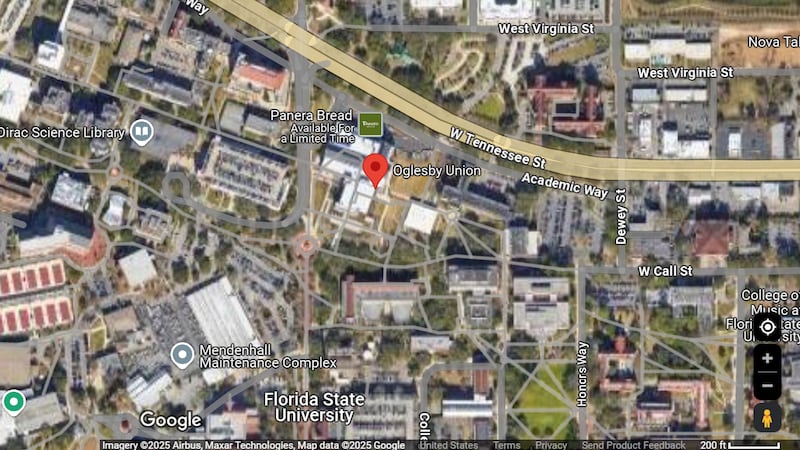On Tuesday, Nov. 20, two weeks after Election Day, the results of the 2018 Florida midterm became final in Tallahassee. What did we learn?
Rick Scott knows how to, and where to win.
The governor, who in January will become senator, defeated Democratic Sen. Bill Nelson in a race that came down to just a few thousand votes. Scott, according to results from the secretary of state, won by picking up typical GOP margins in north and southwest Florida, while keeping the margins close in central Florida. As Democratic strategist Steve Schale noted, “You can argue that Scott's work in central Florida, particularly around Maria, won him the election.”
%
%
Schale notes that Scott, while losing central Florida, outperformed Ron DeSantis by about 9,000 votes in Orange and Osceola counties.
Winning governor: Less than 50%
For the third election in a row, Florida selected a governor with less than 50% of the vote. In 2010, Rick Scott won with 48.9%. In 2014, Scott won re-election with 48.2%. This year, Ron DeSantis won with 49.6%. This trend reinforces just how evenly split Florida remains, even with a slight tilt to the right.
Democrats collect low-hanging fruit
Of the 27 members of the Florida congressional delegation, 16 had been Republicans at the start of 2018. At the start of 2019, 14 will be Republicans. Democrats cut into the margin with wins in the most Democratic-friendly districts; winning in CD26 and CD27. CD26 was rated by the Cook Partisan Voter Index as D+6, and CD27 was rated by the Cook Partisan Voter Index at D+5. Republicans held open seats in central and southwest Florida; denying Democrats the advantage in the state delegation.
Legislature remains red
The Florida Legislature will continue to have Republican majorities in both chambers. Democrats chipped away in the House, picking up six seats, cutting into the GOP majority; which stands at 73-47. Democrats also picked up a Senate seat. While the GOP advantage is smaller, it is still there and in Tallahassee that means Republicans keep control of both chambers and every major committee.
Last Democrat standing
Just as Bill Nelson ends his tenure as the last statewide elected Democrat in Florida, there is a new “last statewide elected Democrat” in the person of incoming Florida Commissioner of Agriculture Nikki Fried. In the closest of the three recounted statewide elections, Fried defeated Matt Caldwell and will replace Adam Putnam. Fried ran on a platform of gun control and expanding access to medical marijuana.
Medical marijuana is currently under the umbrella of the Florida Department of Health. DOH has been criticized for its implementation of the voter-approved medical marijuana, and Fried wants Ag to take a leading role. She also campaigned on pushing back against the NRA and its influence on Ag. Putnam was dogged by poor oversight of concealed carry licenses in the early part of his campaign for governor and what was seen as a cozy relationship with the NRA.
Seminole County?
In 2016, both Donald Trump and Marco Rubio carried Seminole County, with Rubio winning the county by double digits. Two years later, the county went blue. In 2018, Seminole County backed both Bill Nelson and Andrew Gillum. If there was a blue wave, this is where it hit. Was this a realignment or just an outlier? There’s another election in 2020.
Cox Media Group






